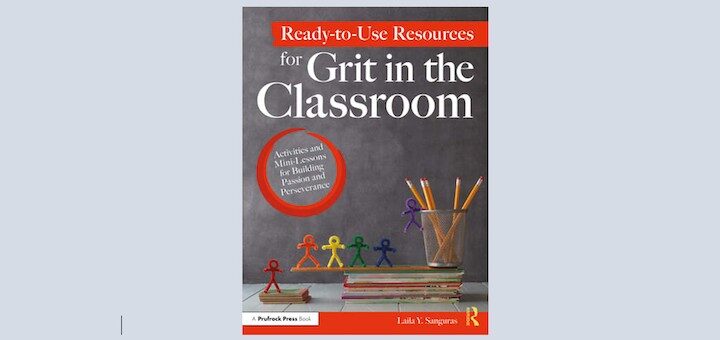Teaching and learning in grades 4-8
To guide middle grades students into paying more attention to poetry – and reconsidering their often negative attitudes about reading and writing poems – author and teacher Linda Rief suggests kids create heart books, do quickwrites and illustrate lines of their own work.
In Becoming Active Citizens Tom Driscoll and Shawn W. McCusker offer a compendium of the latest approaches and ideas in civic education. Their ideas equip teachers across academic disciplines with the tools to navigate this ever-changing landscape, writes Sarah Cooper.
Many of today’s middle schoolers lack a full understanding of the Holocaust. Media literacy consultant Frank Baker seeks to deepen their knowledge and awareness by sharing the survival story of one American family in a nonfiction graphic novel format students will be drawn to.
In Ready-to-Use Resources for Grit in the Classroom, Sanguras calls on her extensive experience to create a book that will assist teachers in their goals to help students to develop passion, perseverance, and commitment – the three components of grit – writes Anne Anderson.
Help your middle graders grow academically and behaviorally with these monthly SEL themes and activities developed by middle school teacher leader Kasey Short and her counseling colleague Janani Buford. Just right for busy teachers to incorporate into their advisories!
While logic and skill are two important elements in advancing math knowledge, students also need to be immersed in the language of math to succeed. Kathleen Palmieri brainstormed with her fifth graders to develop fun strategies that help them understand and apply math terms.
This entry in Corwin’s Five to Thrive series offers a valuable ELA resource with accessible, crucial advice and information for real teachers – written by real teachers. Veteran middle school teacher Kelli Stuhr finds the book succinct, meaty and refreshingly optimistic.
In Start Here Start Now, Liz Kleinrock explores the challenges educators face in bringing Antibias and Antiracist work into the classroom. Kleinrock writes with humor and empathy, says teacher leader Jeny Randall, offering simple-to-implement strategies for every subject and school setting.
While coping strategies can help those facing burnout, teaching careers are more sustainable when educators also slash workload and stress-inducers. Jenny Grant Rankin looks at the burnout pandemic and urges teachers to reduce grading and focus on planning quality lessons.
Katie Caprino offers three ideas for using Zillah Bethell’s YA novel The Shark Caller to engage your middle grades ELA students in social emotional learning. Caprino’s activities build on how the young characters interact as they face the impact of deaths in their families.







































